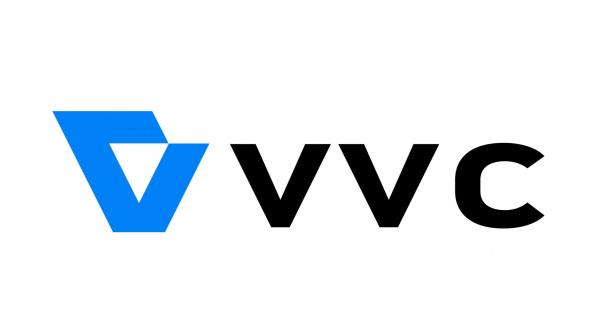The industry remains split on licensing for Versatile Video Coding (VVC) next generation video coding standard also known as H.266 and MPEG-I Part 3.
The H.266 VVC standard development was led by Fraunhofer HHI in Germany along with Apple, Ericsson, Intel, Huawei, Microsoft, Qualcomm and Sony. Any maker of next generation video system using the technology will need to licence the underlying patents from at least two organisations.
Both MPEG LA and Access Advance are launching patent pool license schemes that companies will have to use after the Media Coding Industry Forum (MC-IF) failed to find consensus in the 49 companies involved.
“Pooling as a mechanism for patent licensing will make it easier for implementers to bring to market early their devices and services based on VVC. Although it was an MC-IF objective, consensus around a single administrator was elusive. If the result is two pools, this is better than the prospect of an implementer seeking out a licence from each of the 49 holders of VVC-essential patents,” said Jud Cary, President of MC-IF.
VVC has the potential to achieve the same level of perceptual quality as prior video codecs with up to a 50 percent improvement in video coding efficiency, supporting 4K and 8K Ultra High Definition (UHD) and High Dynamic Range (HDR) video, telemedicine, online gaming, virtual 360° video and adaptive streaming applications.
There had been a potential split in patent licensing between MPEG LA, which handles the previous MPEG standards (including HEVC) as well as Qi wireless charging, electric vehicle charging and even CRISPR genome editing patents, and Access Advance which has had an HEVC, H.265 license pool since 2015.
The MC-IF wanted to avoid the perceived confusion with both having patent pool licensing for the previous technology HEVC.
Content retrieved from: https://www.eenewseurope.com/news/vvc-video-battle.

